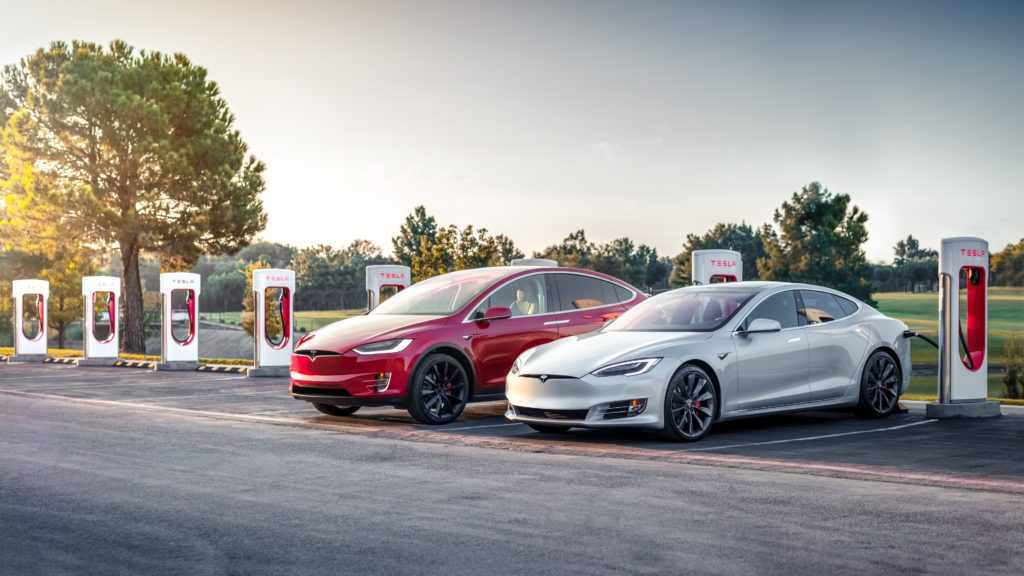Tesla has finally pulled the plug on free-unlimited supercharging access the company offered to new customers through its referral program. Starting today, September 17, 2018, the referral program will only grant new Tesla owners a $100 supercharging credit.
“Tesla owners can grant free Supercharging for life to a friend who buys S/3/X. Ends tomorrow night”, tweeted Elon Musk
Tesla Model S & X Charging at Arlington, Texas Supercharger StationThe end to free lifetime Supercharging access follows Tesla’s decision to withdraw the Resale Value Guarantee the company offered till July 2016. Unlimited Supercharging and Resale Value Guarantee helped Tesla increase the value proposition of its electric vehicles.
As Tesla’s production volume increased at a sharp rate over the last several years, Tesla of today has no need for expensive programs to drive demand.
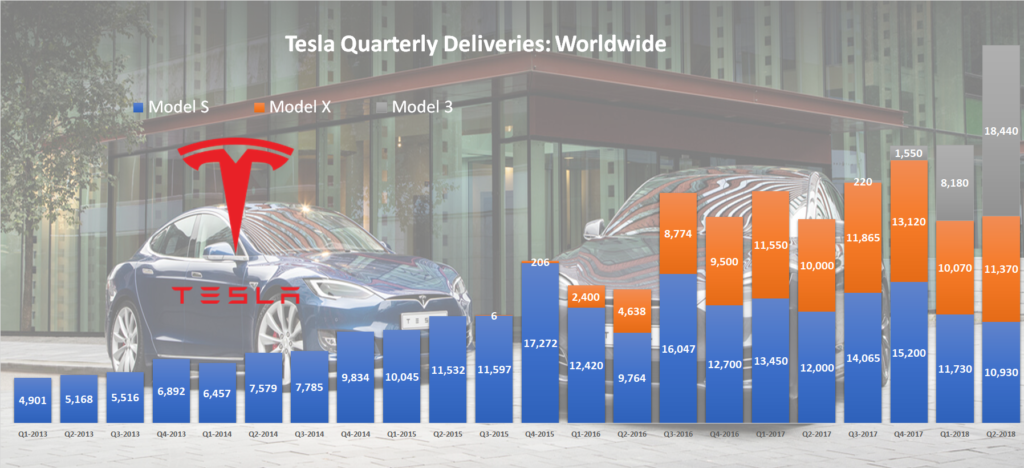
Why Did Tesla Discontinue its Resale Value Guarantee?
Ten months after Tesla Model S went on sale in June 2012, Tesla launched its “Resale Value Guarantee Program”. In 2013, Tesla was not the same company as it is today. Tesla had just six supercharging stations by the end of 2012.
Model S was an expensive car carrying a price tag of $70,000 to $100,000, and the used car market was literally non-existent for EVs. There was hardly any supercharging network for customers to do a long distance trip without going through range anxiety. Attracting new customers was easier said than done.
“The guarantee allowed Tesla customers to trade in the Model S after three years for the same residual value % of Mercedes-Benz S class.”
The Resale Value Guarantee threw a minimum floor on the car’s resale price, giving some peace of mind for buyers. It made sense when Tesla was just starting off.
As Tesla’s delivery numbers stacked up over the years, the used car market grew with it, while market dynamics (supply vs demand) drove used Tesla Model S prices to higher levels than comparable ICE cars.
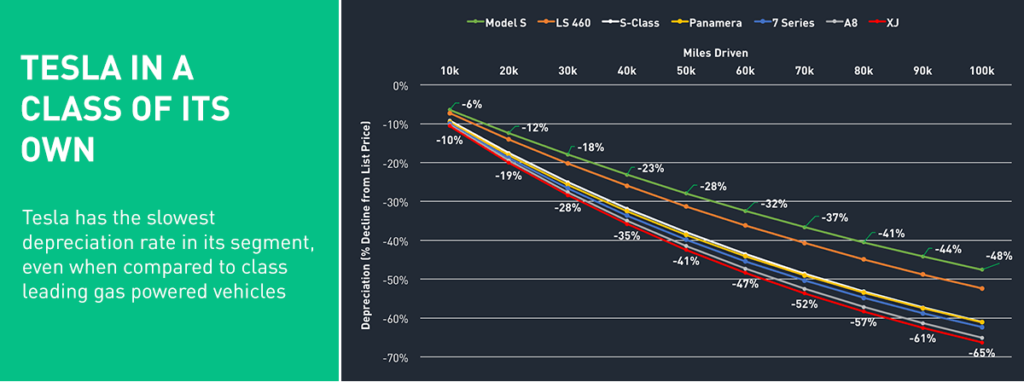
Tesla discontinued its resale value guarantee program in 2016 because it didn’t make sense anymore; there was enough volume in the used car market. The time the program ran also gave enough room for Tesla to build out its supercharging network.
Does Supercharging cost Tesla?
Yes.
According to Tesla, “Our costs vary based on both operational and electricity costs but Supercharging is offered to our customers below the price that it costs us to provide the service. Similar to our Service Centers, this will not be a profit center for Tesla. “
According to the Tesla Supercharging Cost Estimator, driving the Model S and Model X for 3000 miles will cost $233 and $264, after accounting for annual supercharging credit. For Model 3, Supercharging will cost an estimated $200 for the same distance. 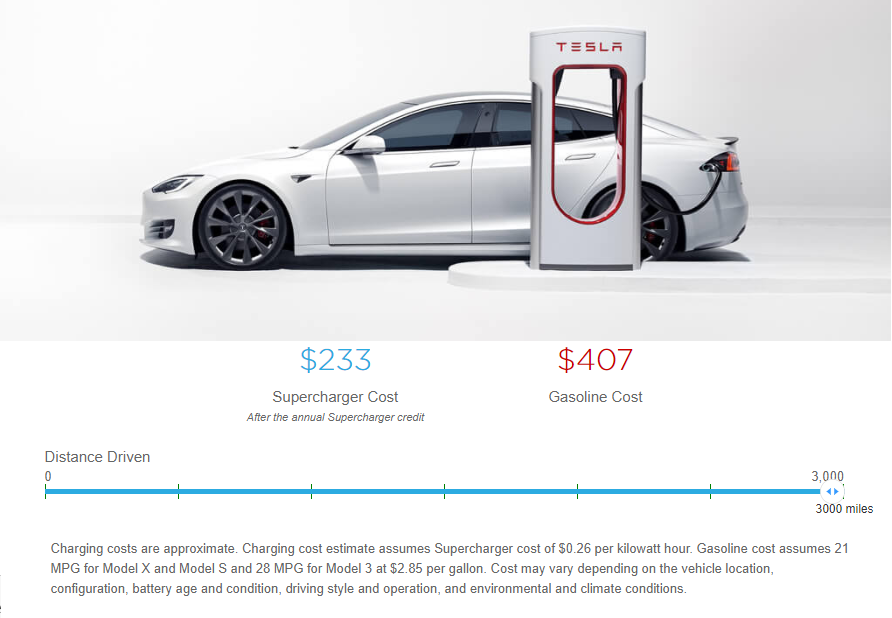
According to Npr.org, the average price of electricity in the United States is 12 cents per kilowatt-hour. If Tesla keeps providing unlimited supercharging, the company will end up spending hundreds of millions of dollars for providing supercharging access to its customers.
Even limited free supercharging will be too much to handle when Tesla starts building millions of cars every year.
Tesla’s Unlimited Supercharging: How it evolved over the years
The option of not having to spend a penny on charging (fuel) over the lifetime of car ownership is a mind-blowing one. On average American drivers spent nearly $1,556 at the pump in 2017.
If you spend $1,500 on fuel every year, then you are looking at a fuel bill of nearly $12,000 over an eight-year period. Depending on the fuel price and driving distance, fuel costs could easily cross $20,000 for many drivers.
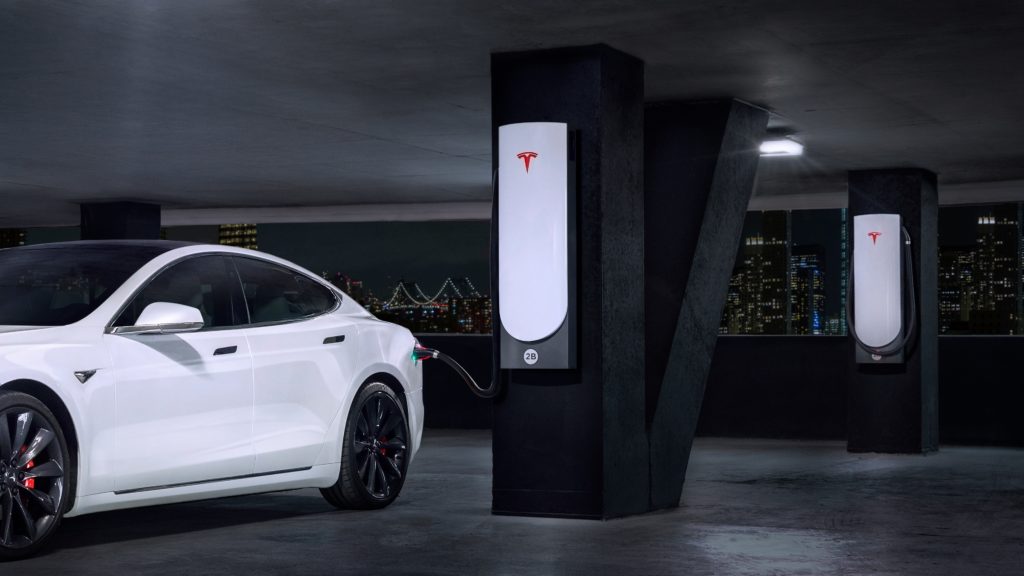
For early Model S and X buyers, Tesla subsidized a portion of their charging cost by offering free unlimited supercharging, increasing the value of the car in the eyes of the buyer. The gas/charging savings helped Tesla attract customers from different segments.
As Tesla’s production/delivery volume kept increasing, Tesla slowly started chipping away at this free supercharging subsidy it offered for new owners.
Tesla’s first move to reduce its Supercharging bill came in early 2017. Tesla capped supercharger use per year at 400 kWh on vehicles the company sold after January 15, 2017.
“Tesla Model S and Model X cars ordered after January 15, 2017 will receive 400 kWh (kilowatt-hour) of free Supercharging credits (roughly 1,000 miles) annually on the anniversary of their delivery. We carefully considered current Supercharger usage and found that 400 kWh covers the annual long-distance driving needs of the majority of our owners. As a result, most owners will continue to enjoy the benefits of Supercharging on road trips at no additional cost.” – Tesla
Tesla then moved to restrict its unlimited supercharging for Tesla’s purchased before December 2017. If you sold your Tesla purchased before December 2017, the free supercharging offer was transferred to the next owner.
It was a move that tied unlimited supercharging to the car instead of the owner, limiting the number of years unlimited supercharging was available, thus reducing the overall supercharging expense that Tesla had to incur.
But free supercharging was still available for customers who used the referral program. Tesla has changed it as of today. The referral program now only offers $100 supercharging credit.
Where does it stand now?
-
Tesla Model S and X will get an annual supercharging credit of 400 kWh, worth nearly 1,000 miles. Customers who cross the annual credit limit will have to pay a fee for supercharging.
-
Credits do not roll over to the next year and will be reset to 400 kWh each year, on the anniversary of the delivery date. If the car is sold then credit will reset on the date of transfer.
-
Tesla Model 3 does not receive any annual Supercharger credits, and customers need to pay for supercharging.
-
Idle fees will apply to cars if the supercharging station is at least 50% full after the charge session is completed. The fee will be waived if the car is moved out within 5 minutes of completing the charging session.
Why is Tesla dropping free unlimited supercharging?
Supercharging costs Tesla money.
Tesla willingly accepted the cost burden as a price that it needed to pay to drive demand while it set out to build the supercharging network. Tesla has now improved on both fronts: the volume and the supercharging network.
Tesla’s supercharging network has grown into a massive 1,342 Supercharger Stations around the world, while annual production has increased from a few thousand units in 2012 to more than a hundred thousand units in 2017.
As Elon Musk wrote to his employees early this year, Tesla has already reached scale and it’s time to start spending within its (earning) limits.
By doing away with fee unlimited supercharging, Tesla is reducing an expense it happily accepted to carry in the past.
Simply put, Tesla is cutting costs in its quest to improve profitability. That’s what they did by shutting down the resale value guarantee program, that’s what they are doing now with Supercharging.
Important Links:
https://www.tesla.com/blog/building-supercharger-network-future

